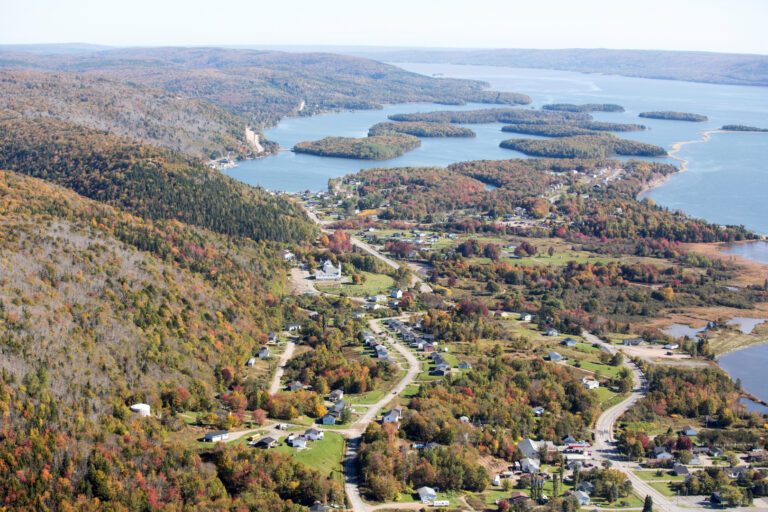Thursday, July 3, 2025
Pricing pollution is not only one of the best ways to fight climate change, but it is one of the many actions the Government of Canada is taking to provide support to Canadians who are struggling with the rising cost of living.
This October, Canadians living in Ontario, Manitoba, Saskatchewan, and Alberta—provinces where the federal carbon pollution pricing system applies—will receive the second installment of the quarterly Climate Action Incentive (CAI) payment, implemented in July 2022. The CAI payment program keeps affordability and fairness in mind—eight out of ten households get more money back than they pay in, with low- and middle-income households benefitting the most.
“Putting a price on pollution is the most effective way of reducing our emissions, and our federal system returns the proceeds to Canadians,” said Chrystia Freeland, Deputy Prime Minister and Minister of Finance. “We made Climate Action Incentive payments quarterly to help put more money back in peoples’ pockets on a more regular basis, and this Friday, that is exactly what families in Ontario, Manitoba, Saskatchewan, and Alberta will receive.”
On October 14, 2022, an average family of four will receive $269.75 in Alberta, a portion of the $1,079 they can expect to receive in CAI payments for the 2022-2023 fuel charge year. Families in rural and small communities are also eligible to receive an extra 10 percent. Full details on quarterly payment amounts for individuals and families in 2022‑2023 are specified on the Climate Action Incentive payment webpage.
Albertans who are registered for direct deposits from the Canada Revenue Agency will see these payments in their bank accounts as “Climate Action Incentive” (wording may vary based on financial institution). For those not registered for direct deposit, cheques will be mailed and arrive soon.
The quarterly CAI payment comes alongside new proposed affordability measures that would provide much-needed relief to Canadians who are struggling with the rising cost of living. This suite of concrete actions to address inflation and make life more affordable for millions of Canadians would include:
- Doubling the GST tax credit for six months. This would mean an extra $234 in the pockets of single Canadians without children, up to $467 for couples with two children, and an average of an extra $225 for seniors this year;
- Providing up to $1,300 over two years through a Canada Dental Benefit to children under 12, starting this year; and
- Delivering a $500 payment to nearly two million low-income renters who are struggling with the cost of housing, including seniors.
Canadians are feeling the pressure of higher costs of living. The CAI payment will ensure that Canadians receive much-needed relief on a more regular basis, while fighting climate change.
“Canadians are feeling the cost of climate change. Thanks to the quarterly Climate Action Incentive payment, households in provinces covered under the federal pollution pricing system will receive money in the bank every three months,” said Steven Guilbeault, Minister of Environment and Climate Change. “This is one way that the Government of Canada is working to ensure life stays affordable for Canadians, while also reducing carbon pollution and fighting for our planet.”
Provinces and territories with their own pollution pricing systems receive all the proceeds back to use as they see fit, including by supporting families to take further action to cut pollution in a practical and affordable way.
To learn more about how pollution pricing works in different parts of the country, Canadians are encouraged to consult the web page Carbon pollution pricing systems across Canada to see whether the federal system or a provincial/territorial system applies in their jurisdiction.











